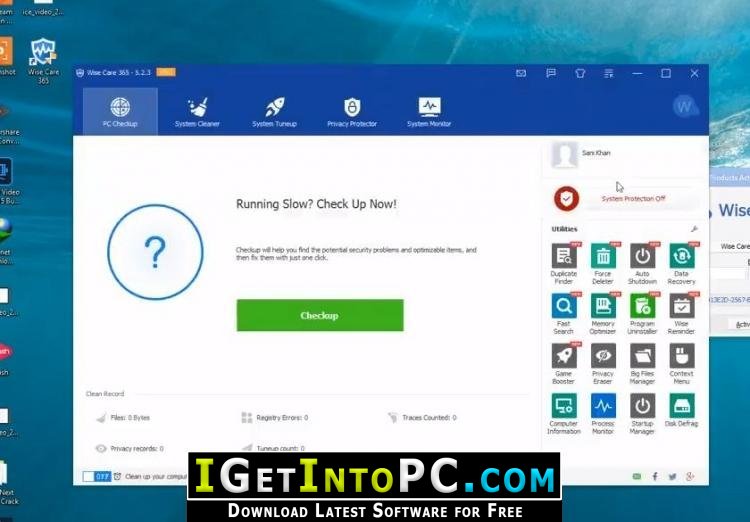
THE ABOVE COMMAND line examples are the ones to use for a third-party tool for uninstall, for example what command-line to pass via SCCM Type cmd to open the Windows command prompt.Įxample: msiexec.exe /x /lv!* c:\uninstallSEP.txt.Browse the Uninstall subkeys in the left-hand pane, and check the values in the right-hand pane to find a value for the DisplayName that equals Symantec Endpoint Protection.


Type regedit to open the Windows Registry Editor.Find the Symantec Endpoint Protection uninstallation product key:.Log on to the computer with administrator rights.Password-protecting the Symantec Endpoint Protection client DOS Command Prompt Password protection needs to be disabled from SEPM: Note: If a client is password protected, you need to disable it first and then run the script. A successful uninstall will return a message that ends with "ReturnValue: 0".Run the following command: (Get-WmiObject -Class Win32_Product -Filter "Name='Symantec Endpoint Protection'" -ComputerName.Open a PowerShell Window as Administrator.


 0 kommentar(er)
0 kommentar(er)
